Optimal Timing for Fence Reinforcements
Fence reinforcements are critical for maintaining the stability and longevity of fencing structures. Proper timing ensures that reinforcements are effective and cost-efficient, preventing future issues such as sagging, leaning, or collapse. The optimal time depends on various factors including weather conditions, fence material, and existing wear.
Conduct inspections during dry seasons to accurately evaluate fence stability and identify weak points before reinforcement.
Reinforcements are best installed during mild weather to avoid delays caused by rain or extreme temperatures.
Adding reinforcements immediately after initial installation can prevent early damage and extend fence lifespan.
Late spring and early fall are optimal for reinforcement work due to moderate weather and reduced soil moisture issues.

Ways to make Fence Reinforcements work in tight or awkward layouts.
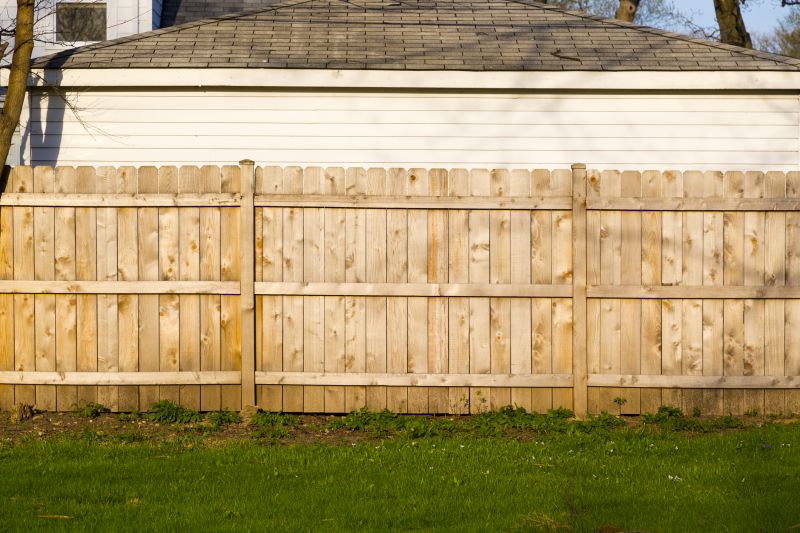
Popular materials for Fence Reinforcements and why they hold up over time.

Simple add-ons that improve Fence Reinforcements without blowing the budget.
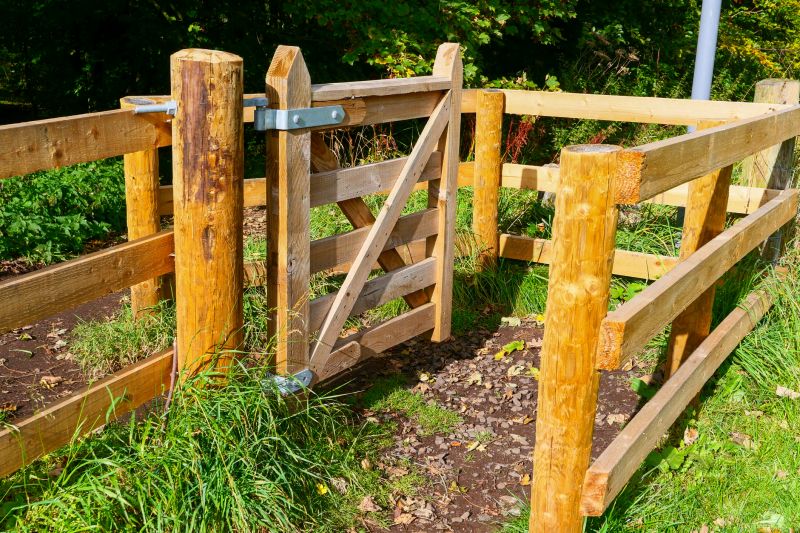
High-end options that actually feel worth it for Fence Reinforcements.

Finishes and colors that play nicely with Fence Reinforcements.
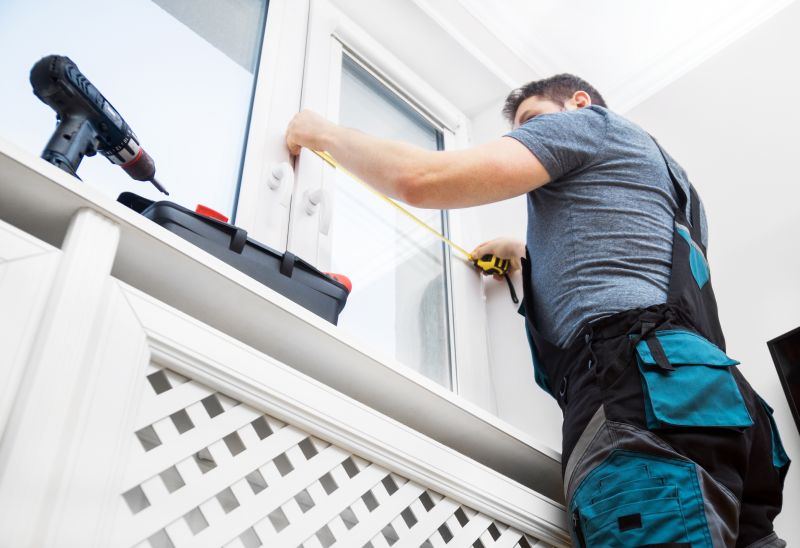
Little measurements that prevent headaches on Fence Reinforcements day.
Fence reinforcements enhance the structural integrity of fencing systems, making them more resistant to external forces and environmental stressors. They are especially valuable in areas prone to high winds, heavy snowfall, or frequent animal activity. Reinforcing fences can involve adding posts, braces, or supplementary materials to distribute stress evenly and prevent failure.
Statistics indicate that properly reinforced fences can last up to 50% longer than non-reinforced counterparts. Regular maintenance and timely reinforcement are essential for maximizing fence durability and minimizing repair costs over time.
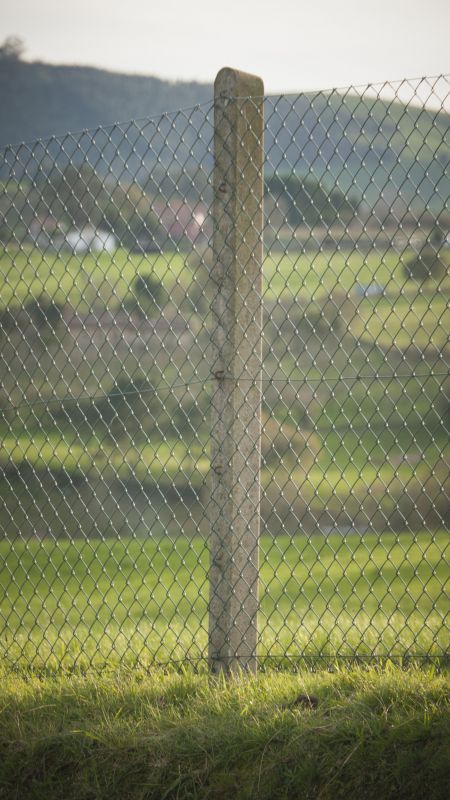
A 60-second routine that keeps Fence Reinforcements looking new.
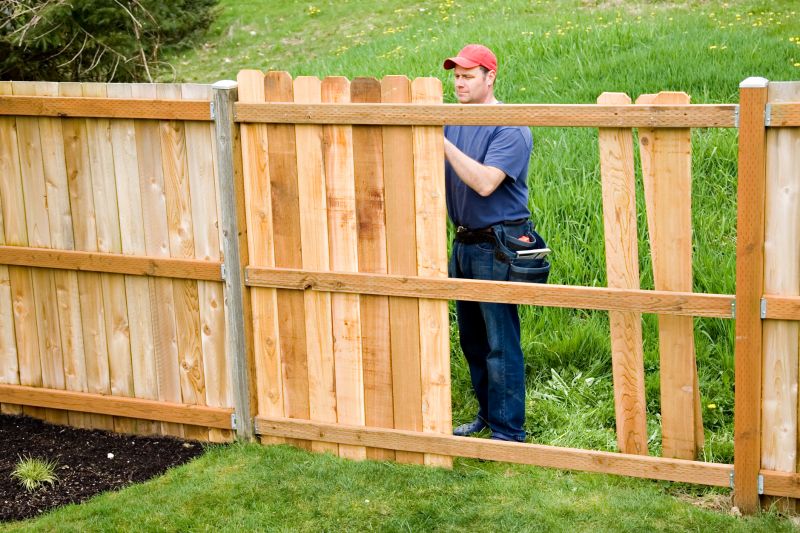
A frequent mistake in Fence Reinforcements and how to dodge it.

Small tweaks to make Fence Reinforcements safer and easier to use.
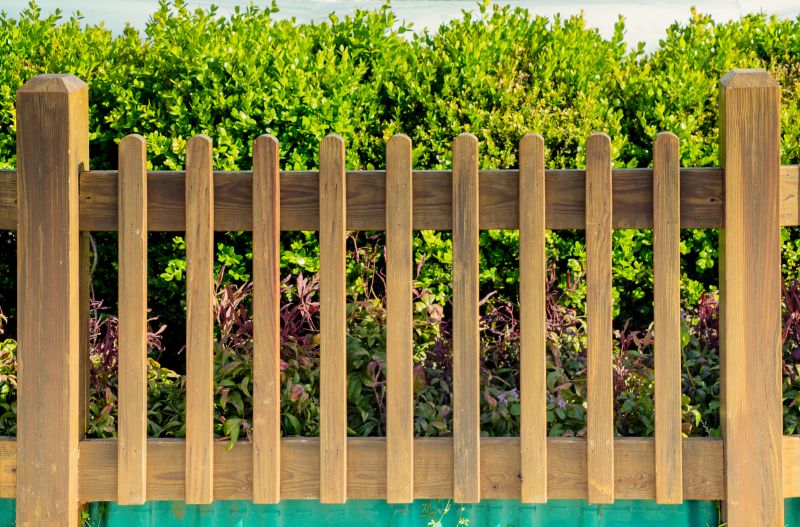
Lower-waste or water-saving choices for Fence Reinforcements.
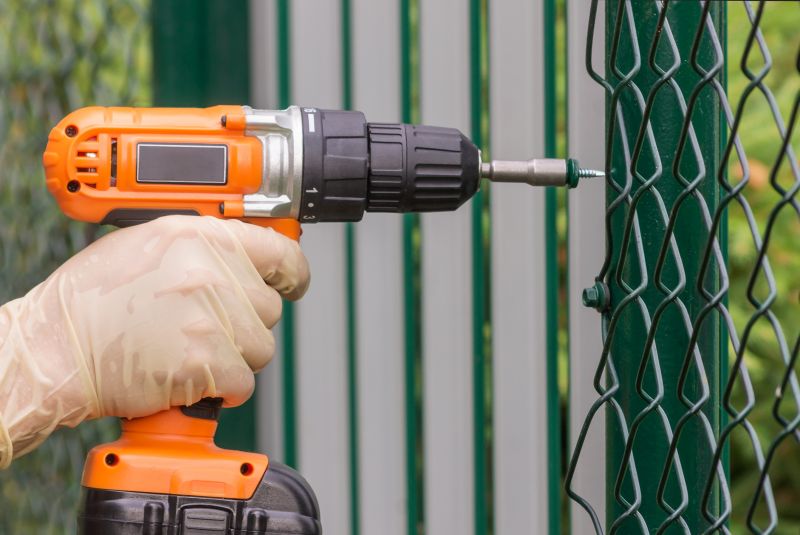
The short, realistic tool list for quality Fence Reinforcements.
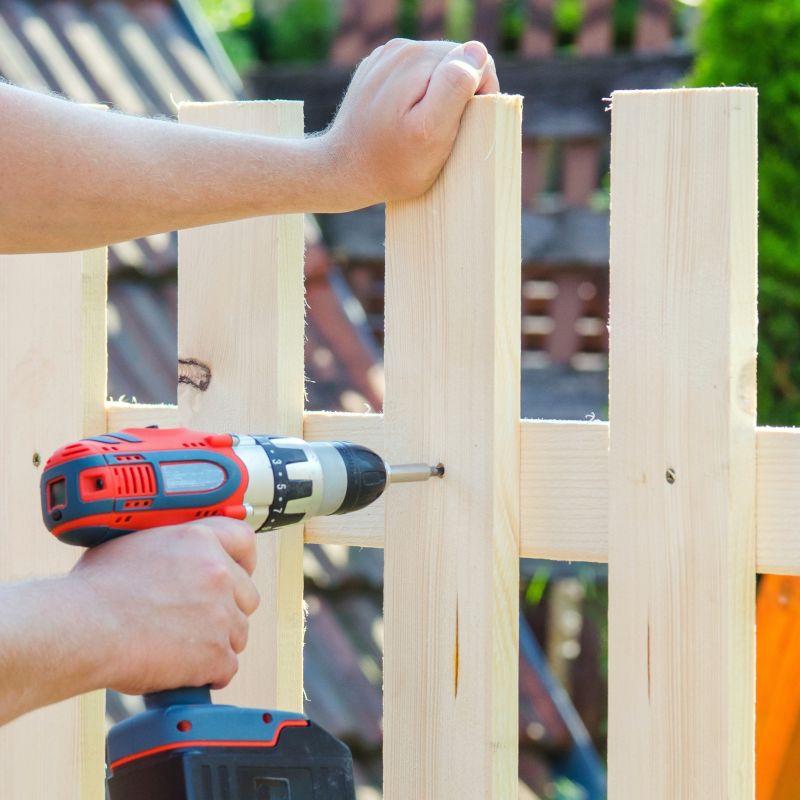
Rough timing from prep to clean-up for Fence Reinforcements.
| Timing Factors | Details |
|---|---|
| Weather Conditions | Reinforcement work is most effective during mild, dry weather to ensure proper installation and curing. |
| Fence Age | Older fences benefit from reinforcement before significant deterioration occurs. |
| Soil Moisture Levels | Reinforce during periods of moderate soil moisture to avoid instability caused by overly wet or dry ground. |
| Seasonal Temperatures | Late spring and early fall offer moderate temperatures ideal for construction activities. |
| Environmental Stress | High wind seasons or periods of heavy snowfall are ideal times to reinforce vulnerable sections. |
Timely fence reinforcements improve structural resilience, reduce long-term repair costs, and extend the functional lifespan of fencing systems. Monitoring weather patterns and fence condition regularly can help determine the best time for reinforcement activities.
Interested in reinforcing fences effectively? Filling out the contact form can provide guidance on optimal timing and suitable reinforcement solutions tailored to specific needs.
